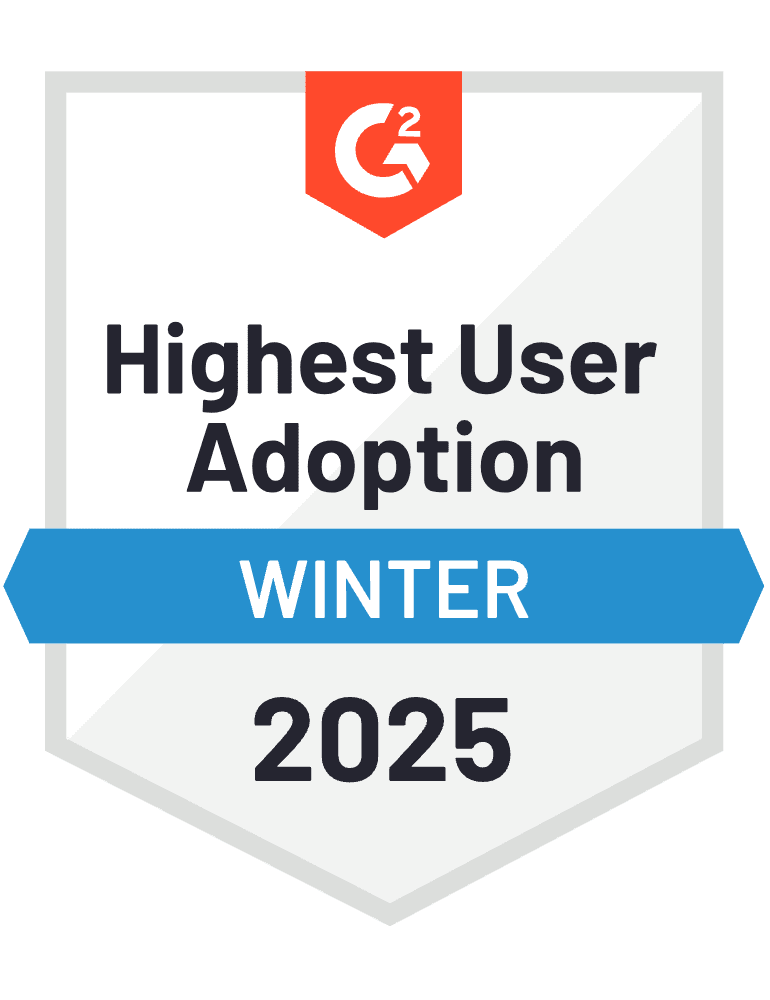
Monitor online conversations, detect emerging threats, and measure public sentiment in real time with Onclusive Social (formerly Digimind).







Monitor online conversations, detect emerging threats, and measure public sentiment in real time with Onclusive Social (formerly Digimind).






Your brand’s reputation is your most valuable asset. Make data-driven decisions to improve brand perception, refine communication strategies, and proactively manage risks.
Track discussions across social media, news, forums, and more.
Spot potential PR crises before they escalate.
Understand how your audience perceives your brand.
Compare your brand reputation against competitors to stay ahead.

Leverage the best-in-class brand image monitoring tool to capture all mentions and topics that matter to your business.
Measure social share of voice to identify and map your brand's online visibility in comparison to other players in your industry.
Identify and deescalate potential crises by receiving real-time alerts to hot spots surfacing online, actively safeguarding your company image.
Leverage Machine Learning & Natural Language Processing (NLP) to manage reputation across 82 languages.
Exhaustive data coverage with access to over 850 million sources across 25+ media types, including Instagram, YouTube, TikTok, and more.


“In my role, I have to keep a pulse on what competitors are doing, understand customer trends, what’s trending on social media at any point in time, and understand brand sentiment. That’s where Onclusive comes in.”
Head of Digital Services & Engagement
Social listening refers to the tracking and analysis of online conversations and trends happening around a given topic, brand, or industry as a whole. The scope of your social listening objective is defined by smart data generated from specific words, phrases, or long-stretching queries.
By having an understanding of what people talk about across social media and the web, you can evaluate brand perceptions and glean insights firsthand from a wide range of sources, ensuring that you do not miss out on underlying opportunities and threats to your brand health.
Brand reputation is simply the consumers' perception of a company or an organization. It could be a positive reputation or negative reputation or even neutral. The way a consumer or the public perceives a brand is based on their direct or indirect experience with the brand's products or services. Right from the quality of a brand’s products or services to how it treats its customers and employees decides the reputation of the brand.
There are many ways one can measure brand reputation. Some of the most important methods are:
Brand reputation is very important, because maintaining a positive brand reputation increases customer loyalty, builds confidence around your brand in the market, and helps position your organization as a leader in your space. It is critical in today’s competitive business landscape to be positioned as a brand with a positive reputation.
Brand loyalty can be accomplished when your brand can be trusted to deliver the same customer experience each time.
It means that every employee should be trained to embody your brand values and strive to accomplish the brand's mission and vision. When customers come back multiple times to your brand, your team should be able to fulfill the same brand promise every time, be it online or offline.
This means that understanding where you stand in terms of your brand reputation and making sure it continues to stay positive will impact your brand loyalty among your consumers and customers. This improves your customer loyalty end of the day.

Copyright © 1998-2025 Onclusive, Inc.